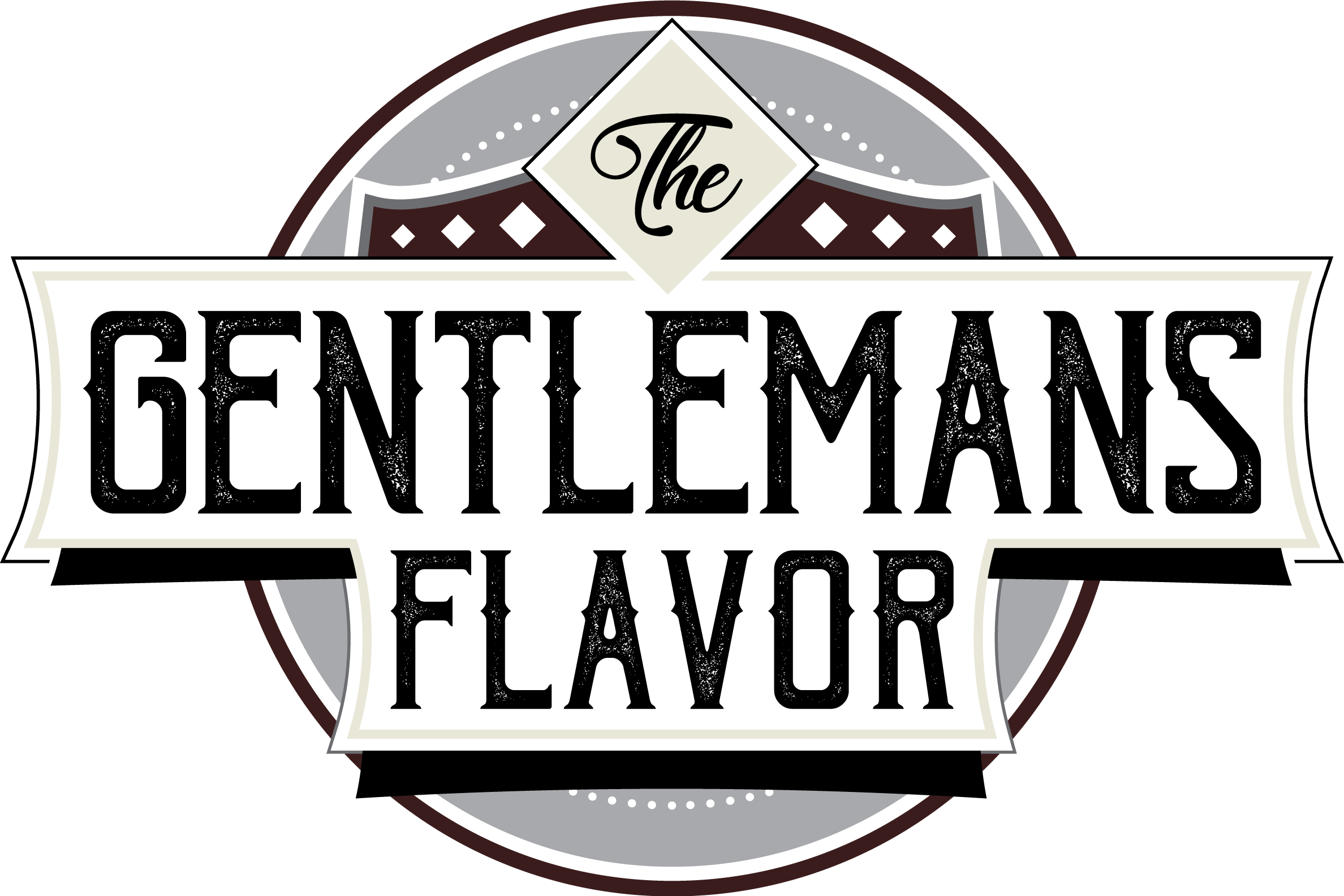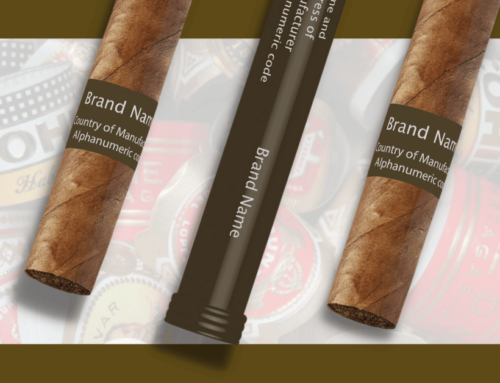You may have seen it before; a guy on the beach somewhere in the Caribbean with a backpack full of cigars to sell you.
His story is that they’re from the factory that he has a brother working at. He’s touting them as Cuban cigars – the most sought-after cigars worldwide.
The walk in humidor at the hotel you’re staying at is selling a box of cigars at almost 4 times the price he’s offering a box to you from his backpack.
Seems tempting eh?
Though some of you may be reading this thinking, “yes, I know, I know, he’s selling fake cigars”, remember that just like myself, there was likely a time that you weren’t so sharply in tuned with what a counterfeit cigar looks like and how its often easily pawned off to the unassuming public as the real thing.
Thus, we did a little field research in sunny St. Lucia deep in the Caribbean at a popular resort to see what was being pawned off to tourists as a premium cigar on the beachfront.
While on the beach, we managed to come across two different fake cigar entrepreneurs in the span of two weeks. Let’s call them Leon and Andre (out of respect we’ve changed their real names). Both men were no doubt selling fake cigars being passed off as the real thing, but with slightly different inventory from one another. it must also be mentioned that both men were also selling weed, necklaces and bracelets as well (if pressed, I’m pretty sure they could quickly source other substances upon request too).
In the name of research, we even made a purchase off of these guys (hey, after all, they’re just trying to make a living) so we could dissect one cigar and actually smoke the other. We chose not to confront and accuse either guy of selling fakes and instead gleefully purchased our cigars as if we were buying real ones.
As we examine the purchases, we’ll outline a few key telltale features of a fake ‘blackmarket’ cigar:

On the beach: an authentic seller of inauthentic cigars
TELLTALE SIGNS OF A FAKE CIGAR #1: THE BRAND
When it comes to selling fakes, blackmarket sellers typically aim for the utmost recognizable and iconic brands. All available inventory being hawked on the beach was branded as – as you may have guessed – Cohiba. Just like a black market designer Louis Vuitton purse, sellers of fake cigars typically aim to sell the most recognized and illustrious cigar brands, usually claiming to have bonafide Cohibas or sometimes Montecristos – the world’s two biggest and most recognized cigar brands – even among non-cigar smokers.
Selling these easily-identifiable brands makes it easier for novice or non-cigar smokers to quickly recognize and fall victim to being duped and parting with their money. Selling lesser known Cuban brands like say, a Diplomatico or Juan Lopez may resonate with a seasoned cigar veteran, but may leave a novice smoker scratching their heads brand-wise. By blackmarket sellers selling the biggest brands out there, they increase their likelihood of creating a sale. Their primary prey are novices – or better yet – curious non-smokers.
The price that black marketeers are asking is usually a dead giveaway of their inauthenticity. Currently, in Cuba a Cohiba Espléndido would sell for approximately 45 USD, a Montecristo No. 2 Would sell for around 40 USD, and a Cohiba Behike would sell for about 180-200 USD.
If a $30 USD Behike sounds too good to be true, it’s because it is just that – too good to be true.

Poor banding and construction are common identifiers of a fake smoke
TELLTALE SIGN OF A FAKE CIGAR #2: A CLAIM OF CUBAN ORIGIN
Fake cigars typically always seem to come from Cuba, which likely seem more prestigious to a potential buyer. A buyer who comes from a country where Cubans are quite scarce (i.e., the U.S. of A.) may have never seen a real Cuban cigar in the first place, and become eager to be in possession of one.
For over two centuries now, Cubans have been the most celebrated cigars the world over, and hawkers of fake cigars almost always claim to be selling Cubans.
By blackmarket sellers selling the biggest brands out there, they increase their likelihood of creating a sale. Their primary prey are novices – or better yet – curious non-smokers.“
TELLTALE SIGN OF A FAKE CIGAR #3: THE CIGAR BAND
Fake cigars can usually be identified by their poor banding. A legitimate Cohiba currently features a holographic logo of the classic trademark Taino Indian head on the band that actually features another, smaller logo that can be seen within it. A holographic logo within a holographic logo.
Basically whether it’s a Cohiba Siglo, Behike or Espléndido, current-day legitimate, Habanos S.A. (the state-governed body for all Cuban cigars) produced Cohibas will have this high-tech feature within its band as well as embossed lettering, making it quite difficult to reproduce on fakes.
The first cigar we bought came from Leon had a gold element to substitute for a hologram that appeared quite fake. The bands on these cigars were very poorly constructed (as can be seen above), and appear chipped and falling off.
The band on Andre’s Cohibas were the same and appeared to have come from the same blackmarket source as Leon’s. He also had other Cohibas that had less of a gold element. He claimed that these were “aged” and as a result was asking $5 more for them. Smooth move. We decided to buy one of these.
We’re just so damn gullible I guess…

Legitimate Cohibas will have a hologram that has a smaller logo inside. Also look for a three-seam cap on shoulder of the cigar.
Other things to look for on the band of a fake Cohiba include a square dot matrix pattern that is not perfectly balanced and symmetrical. Current Cohibas have small white square dots around the Taino Indian head logo. Fakes often have square dots (or sometimes even circles) that are unbalanced and unevenly distributed top to bottom. Andre’s ‘aged’ fake had a poorly placed square pattern.
Other things like the band placement on the cigars not being at the same height as the others in the box, or bands that are not perfectly flush when applied to the cigar are also common signs of a fraudulent smoke. Andre’s “aged” Cohiba had a poorly applied band that didn’t line up smoothly.
TELLTALE SIGN OF A FAKE CIGAR #4: THE CONSTRUCTION
Another telltale sign of a fake cigar is its construction. Premium, hand-made cigars typically feature a smooth, high-quality wrapper. Fakes make use of very veiny, toothy (with little bumps) poorer quality leaves that wouldn’t typically be selected to be used as a wrapper on a primo cigar. In addition to this, many fakes will have varying shades of wrappers on one cigar to the next within the same box. Look for absolute consistency in cigar height, shape, wrapper shade and banding placement from one cigar to the next within a box.
As for filler, fakes typically make use of short filler tobacco scraps. Premium cigars like a Cohiba Espléndido for example, would normally utilize strictly premium, long filler tobaccos within the cigar. Fakes use rejected small scraps that are often picked up off of the factory floor and used as filler, and can result in you smoking other things that can be found on a factory floor – like dust, dirt, human hair or even dog hair.
Now that’s downright gross.
Another common characteristic of a genuine premium cigar is a three-seam cap that can be seen on the cigar’s shoulder. Fakes don’t always leave this feature out, but not seeing one is sure-fire way of spotting a dud.

A legitimate cigar with a 3 seam cap
TELLTALE SIGNS OF A FAKE CIGAR #5: THE BOX
Examining the box of the cigars is a good way to spot fakes. Though some sellers use actual used boxes with fake cigars placed inside, most do not. Real boxes of Cubans will have a Habanos S.A. guarantee seal label affixed to the top right corner of the box, complete with a difficult to reproduce hologram and Habanos box code (that can be used to verify its authenticity on line here: http://verificacion.habanos.com/).

Look for a guarantee seal with a hologram and authenticity number affixed to the upper right corner of the box
Leon’s box had a forged label placed inside the box that featured no hologram or authenticity code to speak of. Fake boxes of Cubans will also often feature a low cigar count that are not characteristic of a real box. Some also have glass lids which is never seen on a real cuban box. Ever. Any Cohiba box will generally be sold as either a single, small box of 3 tubes, or a full, 25 count box. Many fake boxes will have a 10 count with a glass lid to buyers can see the cigars in the box. Steer clear of any such box.

A surefire fake: glass lid boxes
THE DISSECTION AND THE SMOKING OF A FAKE CIGAR
We dissected our purchase from Andre, and though it’s assembly appears decent, as expected it had a mixture of short and long leaf filler that comprised its guts. Basically, it turned out to be what’s known as a ‘Cuban sandwich’ (cheap cigars that utilize short filler and less than perfect tobacco components for a more affordable, lower-end cigar).
I smoked Leon’s Espléndido which was certainly not great but not downright horrible either. The cigar we bought was ever-so-slightly cracked at the foot (as they likely took a daily beating in his backpack) but was soft enough that it wasn’t dry at the time of purchase. The opening was very leathery and woody which persisted until it became leathery and nutty, reminiscent of pistachio and burnt almond. A bit of banana bread soon popped up to accompany the leather. The draw was loose and airy with a mostly white ash with an uneven burn at the start. An earthy, rubbery taste was quite evident at the cigar’s finish.
I had survived smoking a fake cigar!
CONCLUSION
In tourist locations, fake cigar inventory can be found far beyond the beach or the street, as we’ve even seen fakes placed within legitimate walk in humidors in places like airports and large hotels (in Cuba and other countries), mixed in among the boxes of real cigars. Simply put, a fake cigar is a compromise of the quality and craftsmanship that typically goes into a real hand made cigar, and the aforementioned telltale signs will greatly assist you identifying a fake cigar being pawned off as the real thing.
– Kurt Bradley

Kurt Bradley is the founder of The Gentleman’s Flavor, to which he is also a contributing editor, host and curator.
Born in Toronto, Canada, Kurt has lived in Glasgow, Scotland where he developed a passion for understanding whisky. Kurt is a certified Whisky Ambassador accredited by The Scotch Whisky Association and has achieved Level 2 Award in Wine & Spirits Education Trust with distinction. He is a regular contributor to Cigar Journal Magazine, and has provided commentary to Cigar Aficionado, the world’s leading cigar publication.
He enjoys a fine, hand made cigar with a well-crafted Old Fashioned cocktail.




